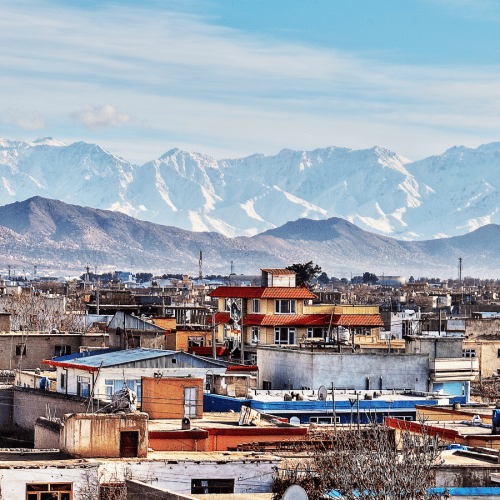
The full program for the NCHS Humanitarian Futures conference to be held on 7 and 8 June in Oslo is out now, with an excellent line-up of speakers and diverse panel discussions.
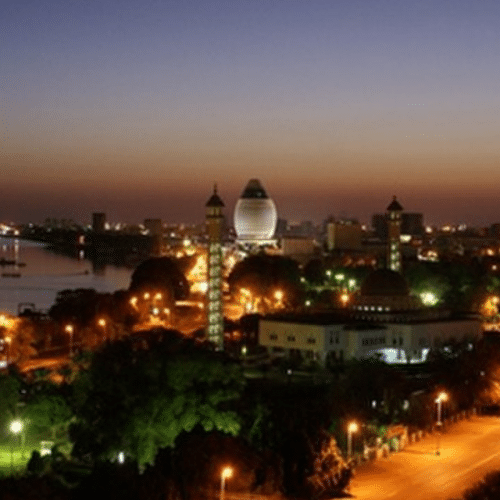
Join this important seminar hosted by Bergen Global on recent developments and the humanitarian situation in Sudan.
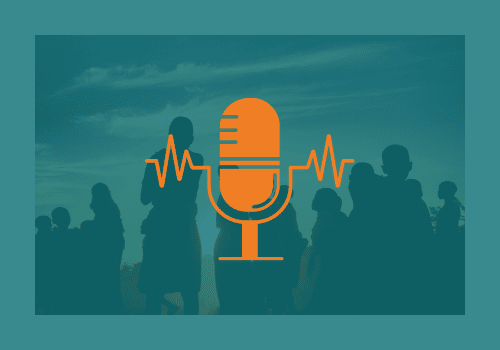
In this episode of Talking Humanitarianism, humanitarian consultant and former Director at MSF-UK, Marc DuBois shares his reflections on the culture, architecture and politics of humanitarian action.

Join us for the launch of ‘Continental Encampment: Genealogies of Humanitarian Containment in the Middle East and Europe’ a new book edited by Are John Knudsen and Kjersti G. Berg.
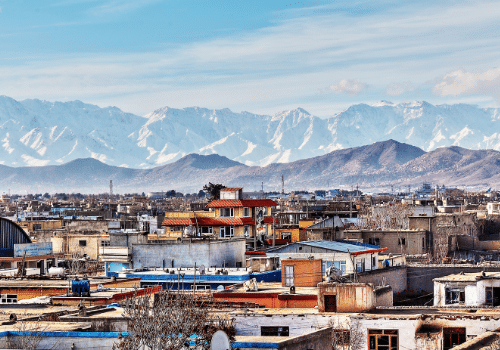
We are very pleased to announce Amali Tower (Climate Refugees), Mukesh Kapila (University of Manchester) and Dorothea Hilhorst (Erasmus University) will join us as keynote speakers at the upcoming NCHS Humanitarian Futures conference.
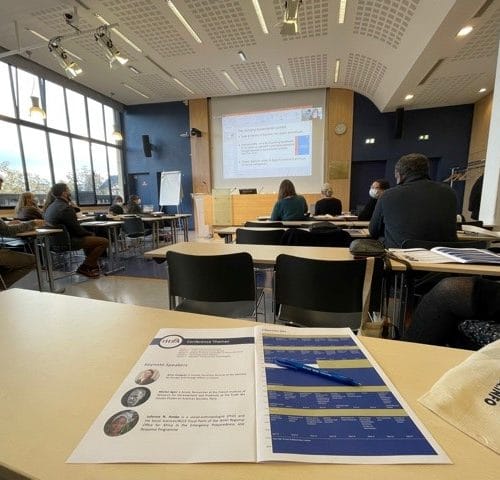
The call for panels for the IHSA World Conference on Humanitarianism in Changing Climates is now open and closes on 25 June.
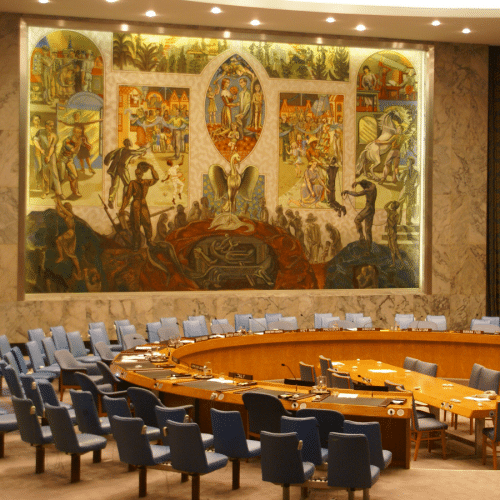
NUPI is hosting a seminar on Thursday 13 April to examine Norway’s term as a UN Security Council member and it’s priority in relation to climate and security.
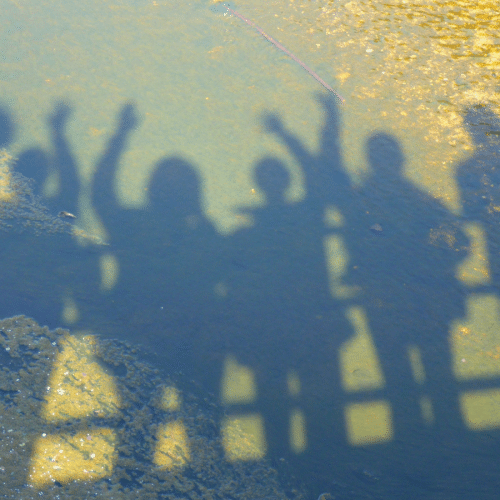
The Journal of International Humanitarian Action is calling for submissions to the ‘Agenda for Humanity Revisited’ collection to take stock of the progress on the agenda to date.
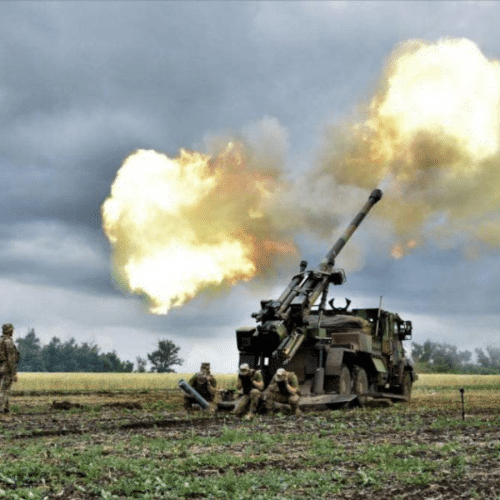
Join this PRIO breakfast seminar to take stock of global food insecurity and discuss how it relates to climate change, armed conflict, and the war in Ukraine.
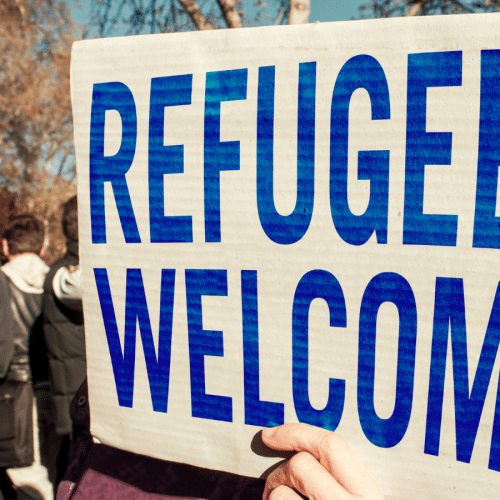
This article for the Journal of Ethnic and Migration Studies explores the building of kinship between Norwegian citizens and asylum seekers from the Middle East.
Late into a stifling Khartoum night, I sat glued to my phone. I was tracking the desperate, and ultimately failed, attempt to rescue my friend and counterpart as head of the United Nations mission in Baghdad, Sergio Vieira de Mello. I knew many of the 22 who were killed by an Al-Qaeda bomb on that August 19th, 2003. This is now commemorated as World Humanitarian Day, honouring all aid workers who have made the ultimate sacrifice in service of humanity.
Last month, three Médecins Sans Frontières (MSF) staff in Tigray joined a lengthening list of deaths. The Aid Worker Security Database records over 6,000 casualties since 1997. This is no doubt an underestimate as many assaults are not notified.
Over the past decade, Afghanistan, South Sudan, Syria, Somalia and the Democratic Republic of Congo have been the most dangerous locations. But relief work can be risky anywhere. In 2020, there were 276 major attacks across 40 countries, 108 frontline workers were killed, 242 wounded and 125 kidnapped.
The means of killing reflect contemporary forms of fighting. Humanitarian workers have been beaten, stabbed and shot. They’ve also faced shelling, explosives and aerial bombardment. Survivors often carry the long-term burden of post-traumatic psychosocial dysfunction.
In the pandemic age, an extra twist has been added. Disgruntlement with social restrictions, financial burdens and fears around COVID-19 and Ebola have put humanitarian health workers in the cross-hairs.
Armed conflicts have shifted from fewer set-piece confrontations between states to numerous and confused civil wars. These extract more civilian casualties as today’s soldiers are better protected in their armour. Or they sit behind computer screens, launching missiles and drones from a safe distance.
In contrast, there are more and more aid workers at chaotic frontlines. They are pushed by social expectations to ensure that all suffering is relieved. They face a number of other challenges too. These include fierce funding competition among humanitarian organisations, a sceptical public seeking hard evidence of suffering, and a jaded media that needs more reality reporting.
As more aid workers tread in places previous ones did not dare, it is unsurprising if some come to harm.
In theory, this is a manageable risk, as the sanctity of humanitarians is recognised by customary norms in all cultures. These are further codified into specific provisions to protect aid workers. For instance, in the Geneva Conventions on international humanitarian law, the Rome Statute of the International Criminal Court, UN Security Council Resolutions, and national criminal laws.
Additionally, the humanitarian business is more professionalised nowadays through risk assessments, special equipment, security protocols and training.
Unfortunately, the perverse effect is not to reduce risk but to transfer it. That happens when ultra-cautious employers keep back expatriates and push local staff to take their place.
between 80% and 90% of those killed or injured are nationals
They are less well protected, paid and insured, and their families are compensated less generously. At a time of much debate on “decolonising aid”, this raises uncomfortable ethical questions.
In any case, neither laws nor tools guarantee safety if the basis of trust which underpins the humanitarian endeavour is eroded. Research indicates widespread suspicion of the motives and practices of international humanitarianism. This is not helped by disinformation campaigns and conspiracy theorists.
Unfortunately, there is occasional substance behind the smoke that poisons the public mind. For example, security operatives under cover of a fake humanitarian vaccination programme managed to kill Osama bin Laden. According to the Guardian investigation, the vaccination was a cover for obtaining the DNA of his family during the gathering of intelligence to establish whether Bin Laden was indeed living in that compound. It was not used to get soldiers into the compound during the actual kill mission.
But this endangered normal vaccinators and undermined polio eradication in Pakistan. In neighbouring Afghanistan, joint military-civilian “hearts and minds” operations have exposed humanitarian workers and their beneficiaries to Taliban attacks. There is a polarised debate among humanitarians on the appropriateness of armed escorts for relief convoys and operations.
The humanitarian mission depends on free access anywhere to anybody in desperate need. But this consensus is undermined when there are perceived double standards that betray the bedrock humanitarian principles of humanity, neutrality and impartiality.
For example, the UN Security Council has been clashing over cross-border access to Syria while Tigray’s 5.2 million hungry, hurt and displaced have yet to receive formal attention by either the UN Security Council or the African Union.
Global humanitarian assistance appeals are often skewed in favour of crises that achieve political or public prominence and not on the objective basis of need. Under such circumstances – when humanitarian aid is used by world powers for political leverage – and the hard-pressed victims of brutalities can’t be assured of fair treatment, why should aid workers be especially respected and protected?
rarely any prosecutions and sanctions for violations of humanitarian laws
Meanwhile, amid a growing culture of impunity, combatants are emboldened to behave badly because there are rarely any prosecutions and sanctions for violations of humanitarian laws. This a direct risk to aid workers who happen to be in the wrong place.
Of course, every aid worker lost in the crossfire of a conflict is a tragedy. When they are deliberately targeted, it is an outrage. But, considering the inconsistencies and discontent around modern humanitarian policies and practices, what is noteworthy is not the numbers killed but their relative rarity.
protection of genuine humanitarians ultimately rests on the integrity of their actions
It appears that the protection of genuine humanitarians ultimately rests on the integrity of their actions, underpinned by a universal instinctive belief in the sanctity of humanitarian work. Undermining that through manipulating the humanitarian enterprise for other ends is the most important risk faced by all Good Samaritans.